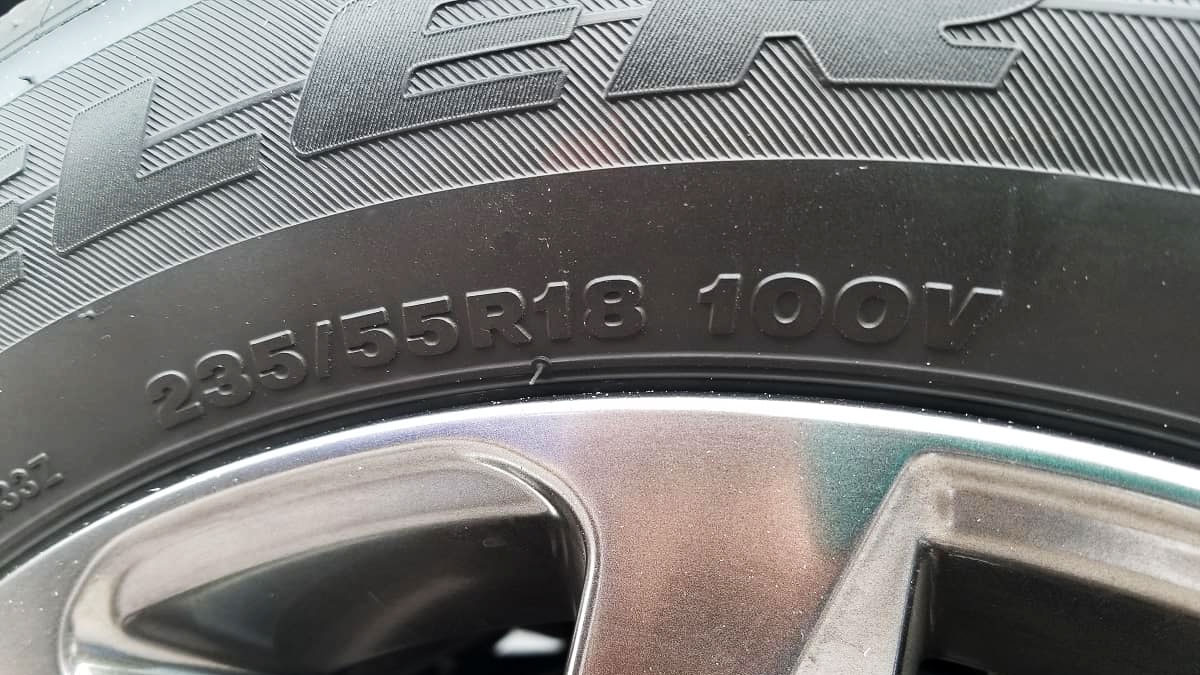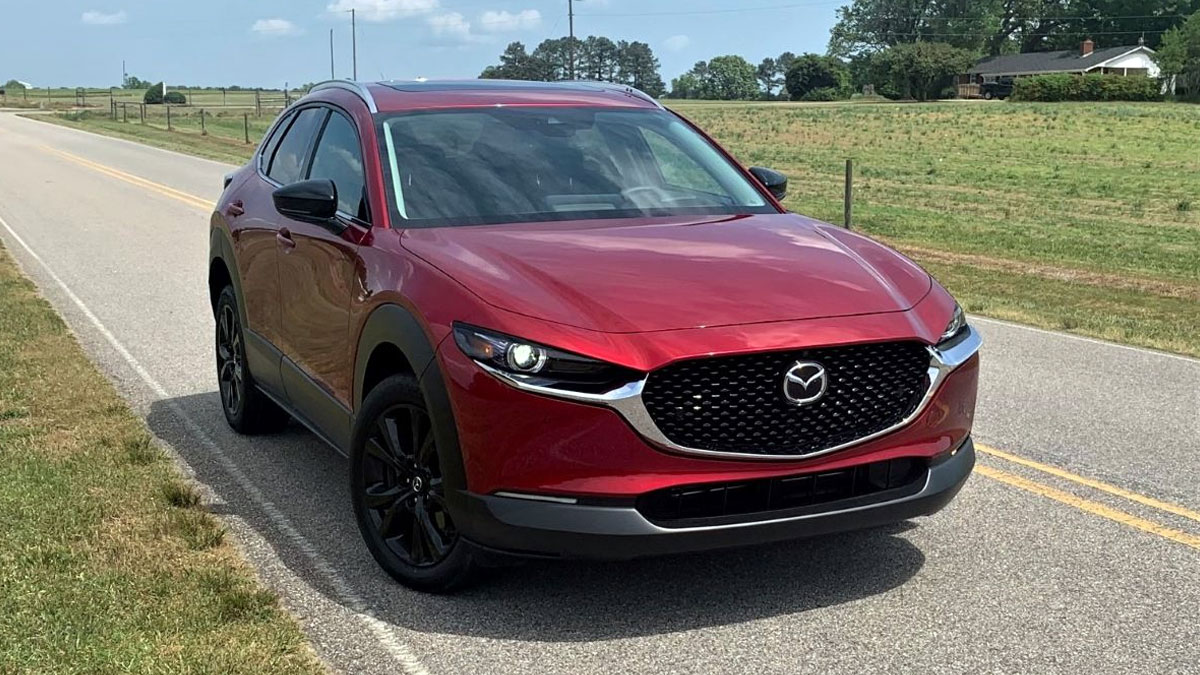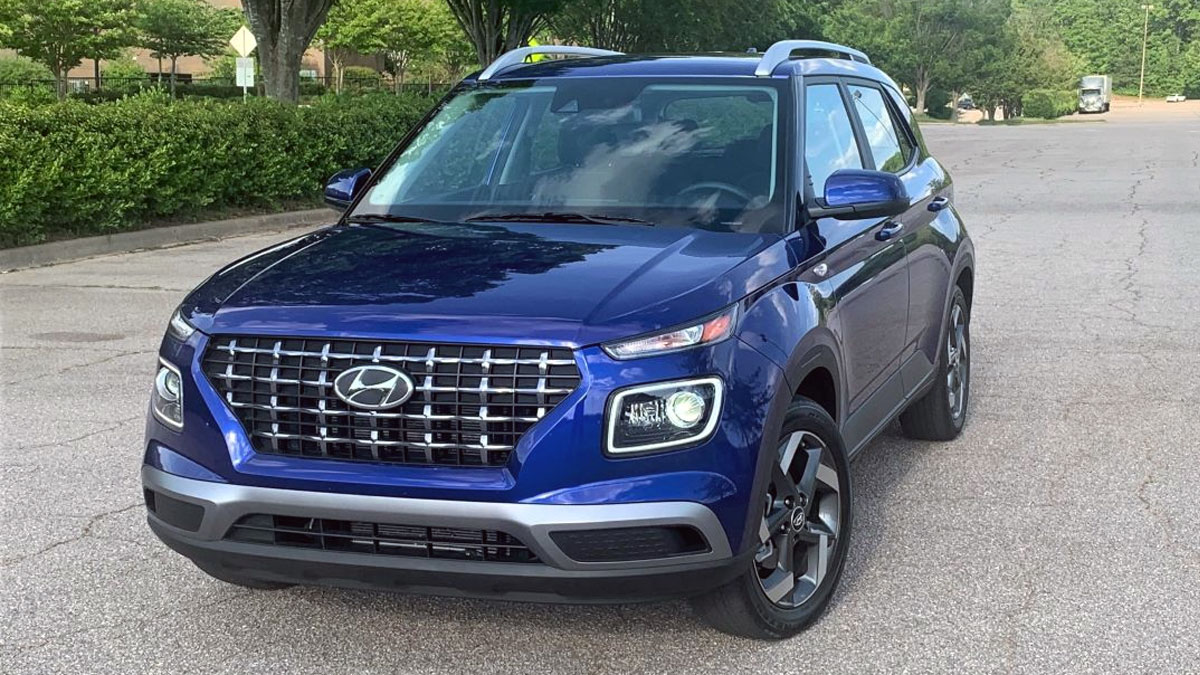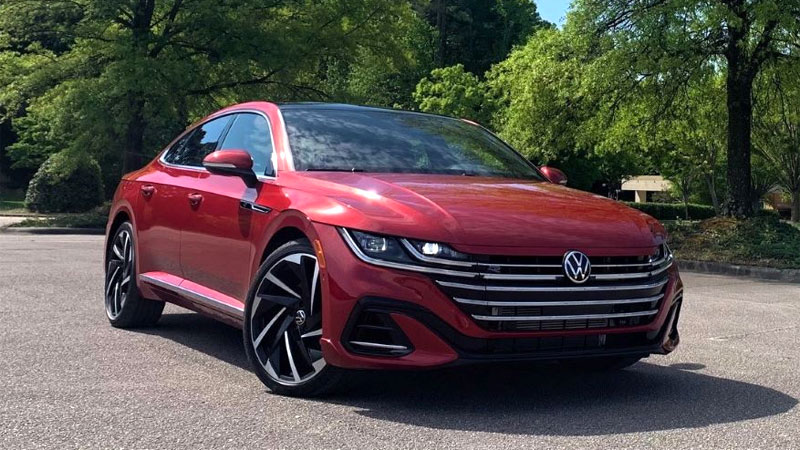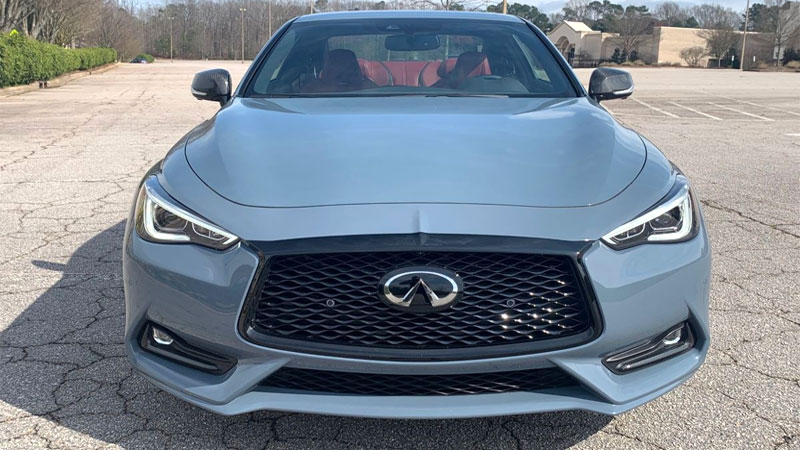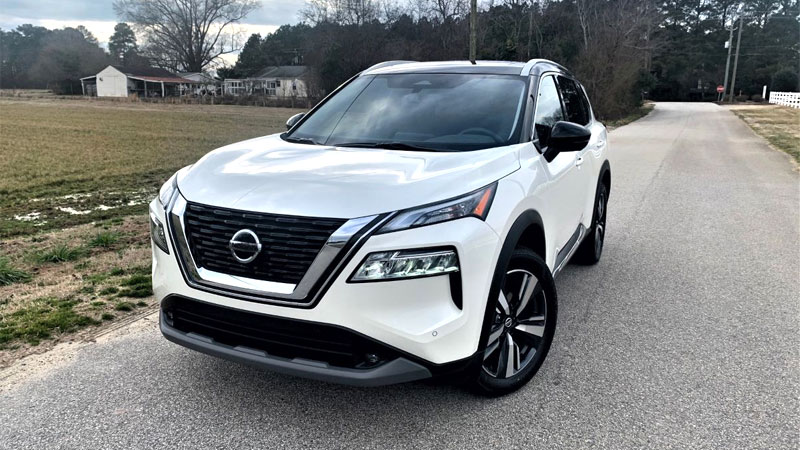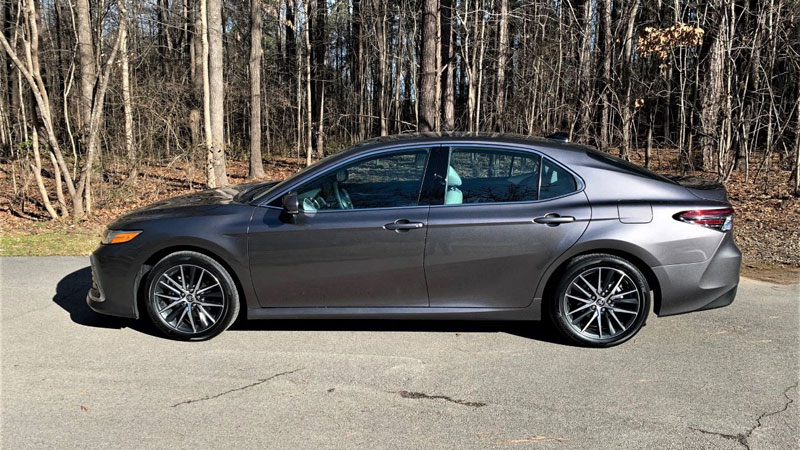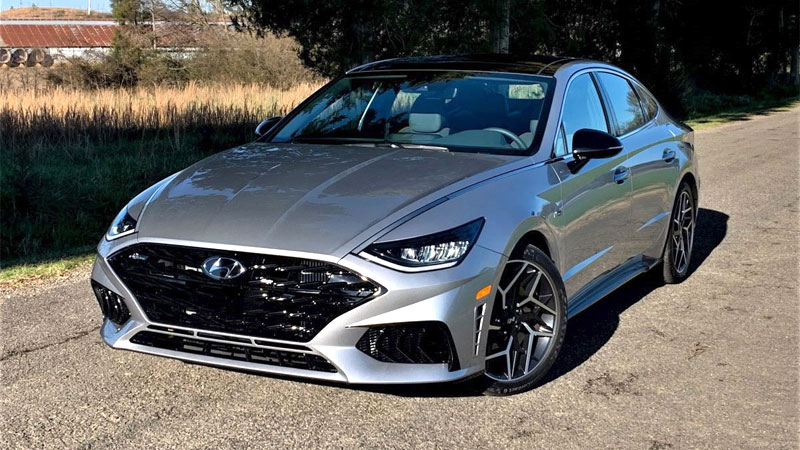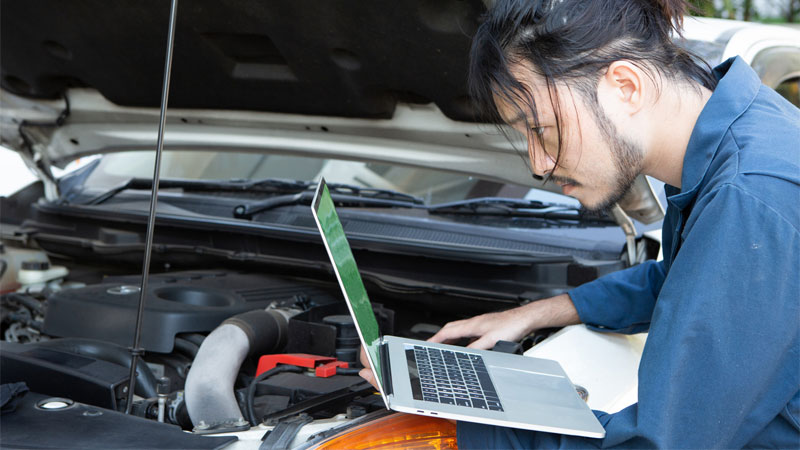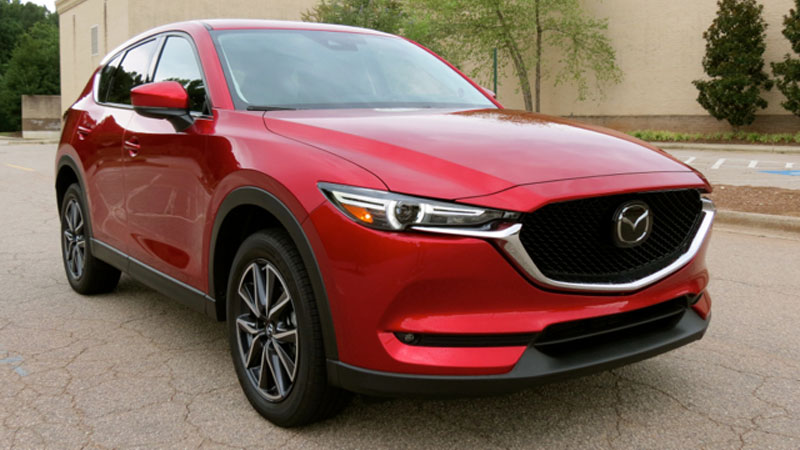Tire Ratings (and Why They’re So Odd)
Tire ratings are downright weird and you may not have known that. Notably, tires are rated for maximum speed with those ratings listed in the form of a variety of letters and numbers on a tire’s sidewall. This “nomenclature” outlines nearly everything about them. Including tire size, construction, and the … Read more

